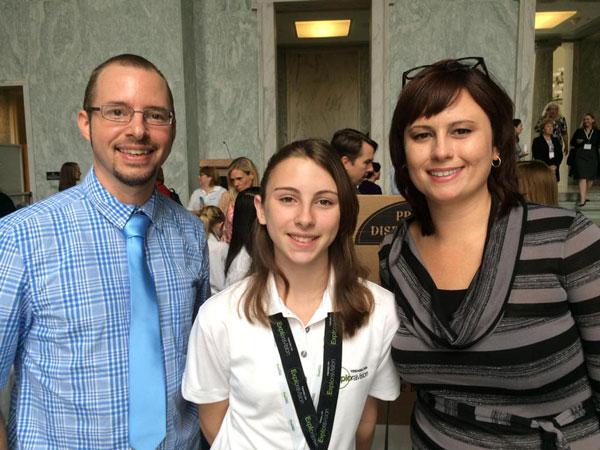Toshiba ExploraVision Project At Home
Help your child on the path to success.

Virtual Learning and Collaboration
You are an invaluable resource for your child as he or she navigates this ever-so-changing educational paradigm. Why not challenge him or her with this exciting STEAM project? It’s FREE to enter and can collaborate virtually to put together a team and a project. ExploraVision expands your child’s imagination, creativity, communication and collaboration skills while he or she is staying at home. Every child receives an entry gift and recognized by Toshiba and National Science Teaching Association – it’s a great resume booster! Fore more information and how to start, please contact at exploravision@nsta.org
Provide Guidance
You are at home coach for your child is going through the process of putting this rewarding project together. It’s important to talk about the project and make sure your child understands what is expected of him or her. A great way to do this is to review previous winning projects together. By asking questions, you can help your child think through the process and break it down into manageable assignments, a habit that will be immeasurably helpful in school and life down the road.
Get Organized
Make sure your child has everything he or she needs to work on the project. Is there a set time each day your child works on homework or projects? Is there a good, well-lit place, such as the dining table or a desk, for him or her to work? You want to provide a homework area that is free of distractions like TV or chatting, but where your child can ask for help if he or she has a question. You can also keep up to date with where your child should be in the process with our sample classroom schedule.
Answer Questions
Be available, but don’t hover. When it comes to homework and projects, try to answer your child’s questions in a way that helps them discover the answer for him or herself. After all, that’s what the ExploraVision competition is all about: taking big ideas and breaking them down in to manageable steps.
Offer Praise
Let your child know that you recognize the hard work and effort he or she and the team are putting into their project. And take pride in their hard work yourself.
Watch how grades K-3 and grades 4-9 parent/mentor engaged their kids to ignite their love of science from ExploraVision.
As the nation faces increasing pressure to further fuel the number of STEM skilled professionals in the workforce, we face a glaring reality that needs to be urgently addressed: there’s a growing gap between the demand for STEM professionals and the state of STEM education in the U.S.
With the mounting need for STEM professionals not slowing down anytime soon, it’s imperative that steps are being taken to actively help close this gap and this starts within the classroom.
Early STEM education, particularly during the developmental K-12 years, helps to encourage an interest in pursuing a career path within the field. To meet the nation’s current demand for STEM professionals, placing an emphasis on education for K-12 students is crucial.
The findings highlight a disconnect between awareness and interest among consumers when it comes to STEM offerings, for consumers awareness of local offerings doesn’t equate to participation. This means that driving the future of STEM requires much more than program availability within local communities. It also requires programs that are capable of instilling curiosity among students to help convert this awareness into participation.
Alongside the participation gap, the survey also found 36% of consumers aren’t confident that today’s students will be prepared to compete in a global STEM workforce and 28% believe that current K-12 STEM education programs in the U.S. won’t prepare students for college courses and degrees in STEM. Alarmingly, consumers also believe the nation is falling behind with 31% saying that U.S. STEM educational programs in K-12 classrooms are at a disadvantage over other countries.
As these changes continue to impact classrooms across the nation, we must remain vigilant to avoid widening the already existing STEM gap. Luckily, there are well equipped programs and opportunities that offer teachers the training and curriculum necessary to equip K-12 students with the skills necessary to excel in post-secondary education and in helping to shape the future STEM professionals we need.